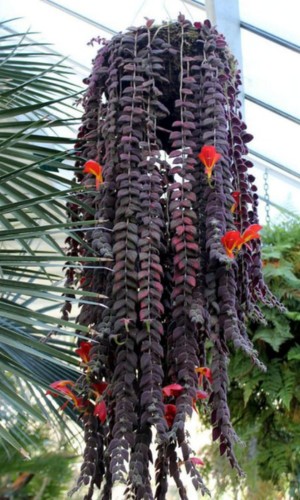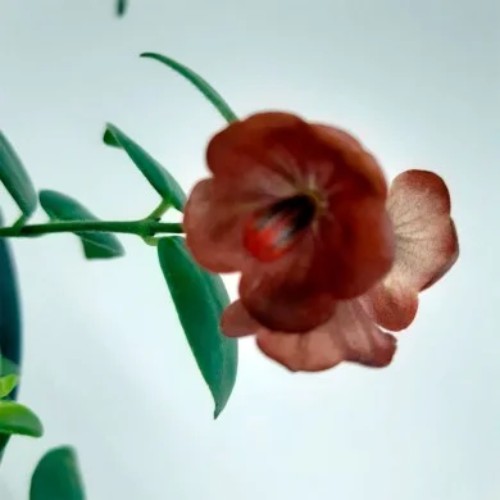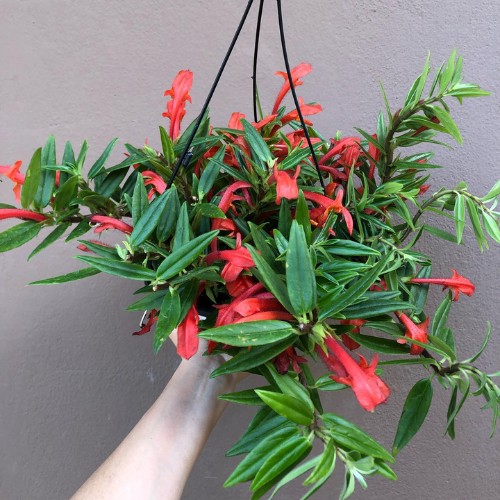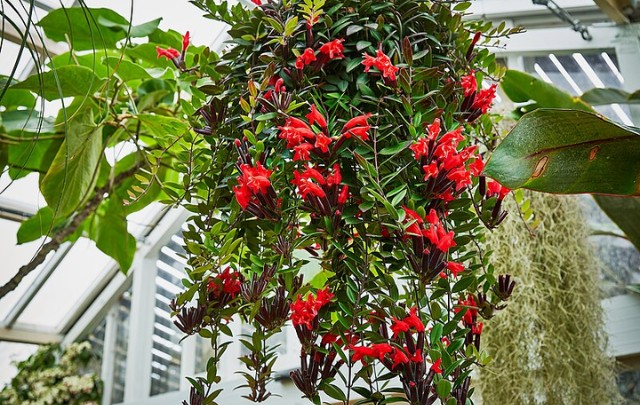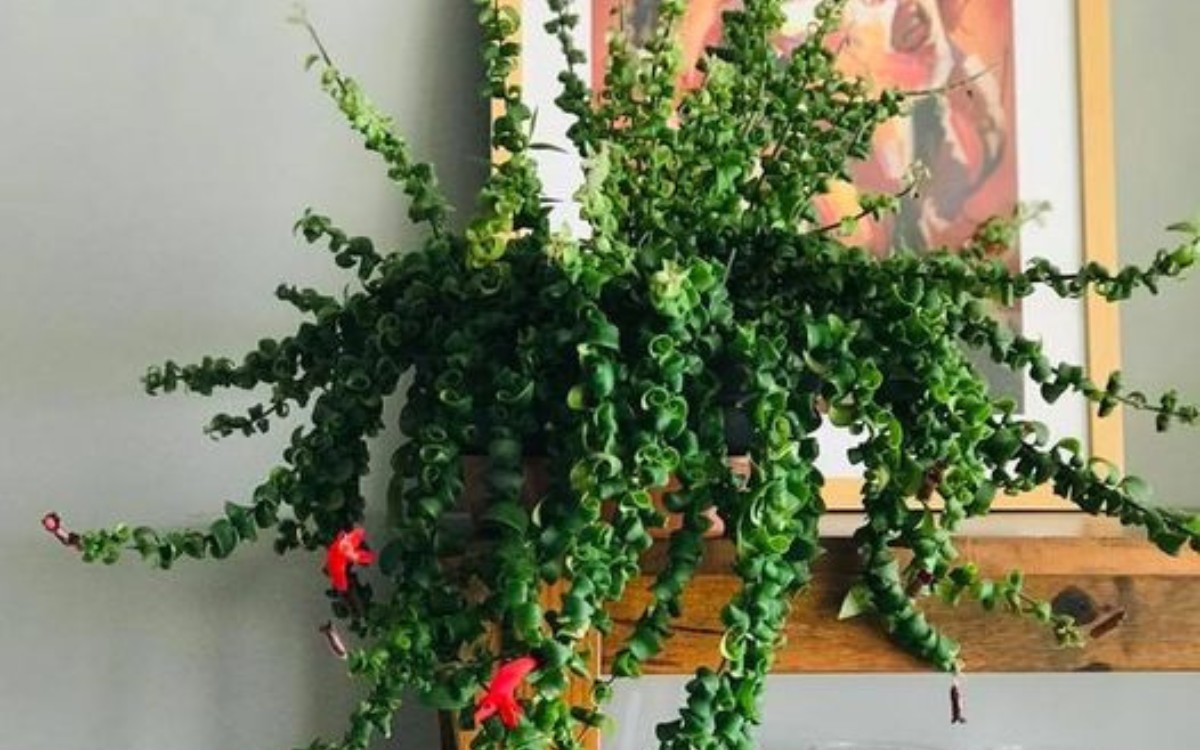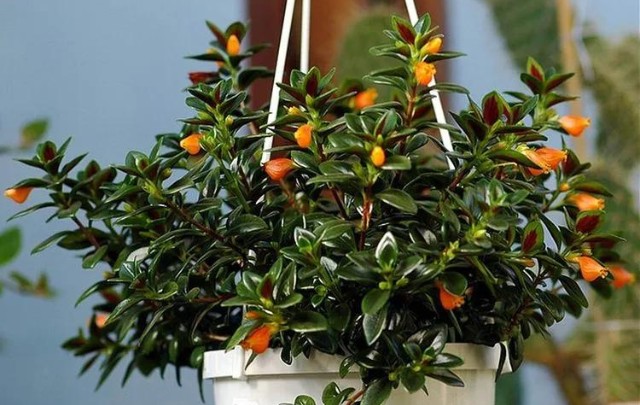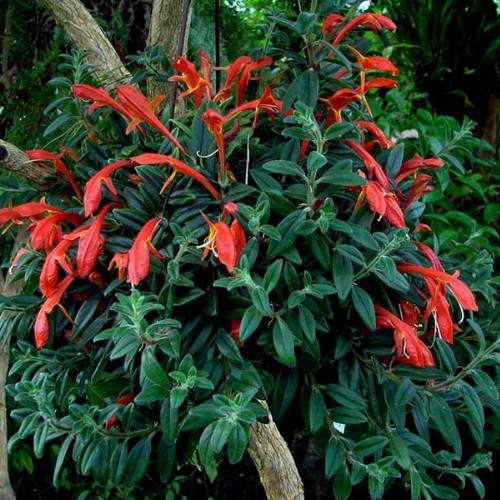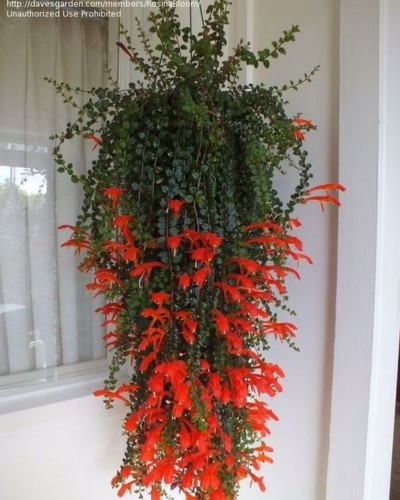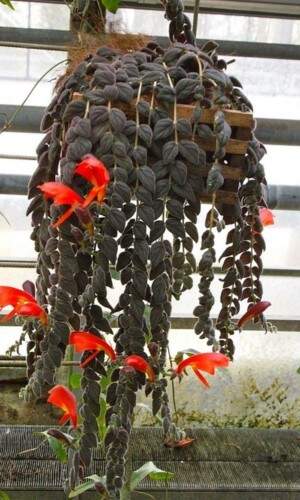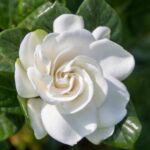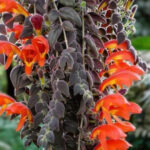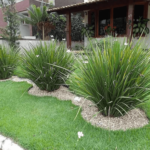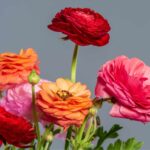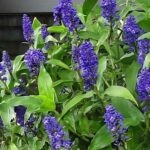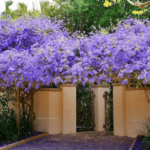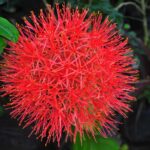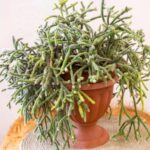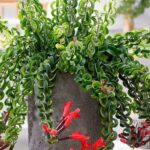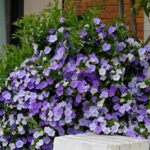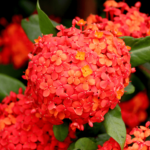Columnea is a genus native to tropical regions of the American continent, comprising about 200 species.
Most of these plants have tubular flowers and can be found naturally as epiphytes (hanging on trees).
Moreover, they are excellent air purifiers, making them popular indoor plants.
Keep reading, as below, I will delve into more details about the main species of columnea, their characteristics, curiosities, and how to care for these plants.
Types of Columneas
In the Portuguese language, there is a popular term where various plants are considered “Columeia,” a term very similar to Columnea.
These “Columeias” plants are usually from the Aeschynanthus, Columnea, or Nematanthus genera. They have similar appearances and cultivation needs.
To make this text more complete, below you can see:
- Most famous species of the genus Columnea: usually have tubular flowers in various colors such as red, pink, white, yellow, and orange.
- Plants from other genera: besides the Columnea genus, some species also received the nickname “Columeia” due to the similarity of their flowers.
Columnea Gloriosa
Columnea gloriosa is a plant that likes to be grown hanging.
It has grayish leaves with a velvety texture. Its flowering mainly occurs between spring and summer, producing reddish flowers with a touch of yellow.
By cultivating this plant in your garden, you will attract hummingbirds, as they are the main pollinators of this plant.
To learn more about this plant, visit: Goldfish Plant – How to Care in 7 Steps (With Photos)
Columnea Microphylla
Columnea Microphylla is a plant that blooms between spring and autumn, and, as its nickname suggests, its flowers resemble a bell.
This non-toxic plant prefers to be grown in warmer locations; in colder regions, it may need to be cultivated indoors.
A curiosity: despite some articles on the internet comparing the appearance of this plant to the lipstick plant, I didn’t find them very similar. What about you? Comment below.
Columnea Hirta
Columnea hirta is native to Costa Rica, found in hot and humid climates.
This plant adapts well to the tropical climate, preferring locations with indirect light and consistently moist substrate.
Great for planting in hanging pots, this plant produces flowers between spring and summer.
Aeschynanthus radicans
Aeschynanthus radicans is known as the lipstick plant.
Its main feature is its tubular-shaped red flowers resembling lipstick.
This epiphytic plant reaches up to 1.5 meters (150 inches) in height. Its leaves are green, succulent, and shiny, reaching up to 8 cm (3,14 inches) in length.
The lipstick plant prefers to be grown hanging, favors tropical climates with high temperatures and humidity, and appreciates good fertilization.
To learn more about this plant, visit: Lipstick Plant – How to Care, Prune, and Fertilize
Aeschynanthus Rasta
Aeschynanthus Rasta is a bit different from the species mentioned in this article.
Although its flowers are also very striking and similar to the flowers of the species already mentioned in this article, the main attraction of this species is its leaves.
Its leaves are wide, long, and folded, giving a unique appearance to the plant.
Today, many cultivators believe that the “rasta” name of this species is due to the similarity of its leaves to Rastafarian hair.
Aeschynanthus pulcher ‘Twister’
Aeschynanthus pulcher ‘Twister’ is a non-toxic plant, meaning you can grow it near pets.
Its leaves are thin, long, and also twisted, attracting a lot of attention.
Its flowers appear between spring and summer in an orange-red tone, lasting about 5 weeks.
See more: Twister Lipstick Plant – Characteristics and How to Care
Nematanthus wettsteinii
Nematanthus wettsteinii is a native Brazilian plant that produces flowers resembling the shape of a goldfish.
Its orange-colored flowers usually appear in summer, measuring about 3 centimeters (1,18 inch).
This is considered an easy-to-cultivate plant for those living in tropical climates. It likes to be grown hanging, prefers indirect sunlight, and should be watered when the substrate is dry.
How to Care for Columnea
Below, I will provide some tips for cultivating the Columnea species mentioned in this article.
The tips below will help you have a healthier and more flowering columnea every year.
Where to Place
All types of columnea mentioned in this article are epiphytic species.
This information is important because, when cultivating a plant, you try to provide cultivation conditions similar to those it has in its habitat.
As these plants live hanging on trees, the best places to plant them are:
- Hanging on trees
- Suspended pots or baskets
- In high places in your home
It is important to remember that these plants are also tropical and like high humidity and good brightness, so do not leave them in very dry or dark places.
The chosen pot should not be much larger than the plant and needs to have holes for water drainage.
Humidity and Watering
These plants need higher humidity; therefore, in indoor cultivation, avoid placing them in air-conditioned places.
On very dry days, it may be necessary to increase the humidity in the environment; for this, you can:
- Spray water on the leaves
- Use a humidifier
- Place a pot with stones and water under your plant
Watering is a simple care, but when overdone, it can bring diseases to your columnea.
Basically, you will water them when the top of the soil they were planted in is dry. After that, water until the soil is moist but not waterlogged.
To check if the soil has dried, just put your finger about 3 to 5 cm (1,18 to 2 inches) deep and check the soil moisture.
Here are some more tips:
- The frequency of watering decreases during winter.
- Water in the morning or late afternoon.
- Avoid very hot or very cold water.
Lighting and Temperature
These are partial shade plants that usually need plenty of light to bloom.
Therefore, place them in a location where they receive plenty of indirect light, as direct sunlight can burn their leaves and hinder their development.
As columneas are tropical plants, they prefer warmer climates and have low resistance to low temperatures or frost.
So, if the region where you live has very harsh winters, the best option is to grow your columnea indoors or in a protected place.
How to Fertilize
By fertilizing your columnea correctly, you will help it have more energy to develop and produce beautiful flowers.
Fertilization is a procedure that should be done during the period when your plant is growing, which for columneas usually occurs between spring and autumn.
To fertilize your columnea, first, ensure that the soil is moist, as this will help nutrient absorption and prevent your plant’s roots from burning.
Two fertilizer formulations highly recommended for columnea cultivation are NPK 10-10-10 and NPK 04-14-08.
You can also use organic fertilizers such as worm castings.
Follow the recommendations on your fertilizer label regarding the quantity and interval of fertilization. Remember that excessive fertilization can cause problems for your columnea, so fertilize in moderation.
How to Prune
Pruning is an important step that will help improve the appearance of your columnea, promoting robust development and new flowers for your plant.
Basically, you will prune:
- Dead leaves and branches (preferably in spring)
- Dead roots during the replanting process
- A portion of the flower stems after flowering
Remember to use a sharp and sterilized scissors during this procedure.
How to Repot
Most of these plants don’t like to be moved or repotted frequently. Therefore, repotting should be done when the pot is too small for your columnea, which happens on average every 2 or 3 years.
If you need to repot your columnea, follow the steps below:
- Choose a pot with a diameter 2 or 3 cm (0,78 to 1,18 inch) larger than the previous one
- Prepare your substrate (specific substrates for African violet or orchids are excellent choices)
- Remove your plant from the current pot
- Clean the roots from the old substrate and trim dead roots
- Place your plant in the new pot and secure it with the substrate
The repotting should be done during the columnea’s growth period, preferably in spring.
How to Propagate
There are 3 ways to propagate a columnea.
- Seeds
- Cuttings
- Division of clumps
Seed propagation is a complicated and time-consuming process, so cuttings and division of clumps are more recommended for these plants.
Again, you should perform these procedures during your columnea’s growth period.
You can propagate through cuttings by following the steps below:
- Cut the stems of your columnea at a 45-degree angle; they should be about 12 cm (4,72 inches) long
- Remove the leaves near the cut
- Dip the part near the cut in a rooting hormone
- Plant your cutting in soil suitable for cuttings and maintain good soil moisture
- Wait about 2 weeks for your cuttings to develop roots
- Transplant your seedlings into a new pot
As for the clump division process, it should be done during replanting. Basically, here you divide your columnea into 2 or more plants.
Pests and Diseases
If you follow the cultivation tips mentioned in this article and also keep your columnea in a clean and well-ventilated environment, your plant is unlikely to have problems with pests or diseases.
However, in situations where your plant is attacked, it is important to understand the problems that can affect your hive.
Pests
- Aphids
- Mites
- Scale insects
These pests can be combated with the use of neem oil.
The most common disease that affects columneas is root rot. To prevent it, do not soak your plant’s soil when watering.
Conclusion
Columneas are easy-to-cultivate plants widely grown indoors.
I hope that with this article, you have become even more interested in these plants and have also learned a little more about how to cultivate them.
If you want to learn about the characteristics and cultivation of other plants, I recommend that you check out the articles below:
- How to Care for Ferns in 9 Steps (For Beginners)
- How to Care for Cacti and Mini Cacti (7 Simple Steps)
Liked this article? Then help us share this knowledge with more people, click the buttons below, and share this text on your social networks.

